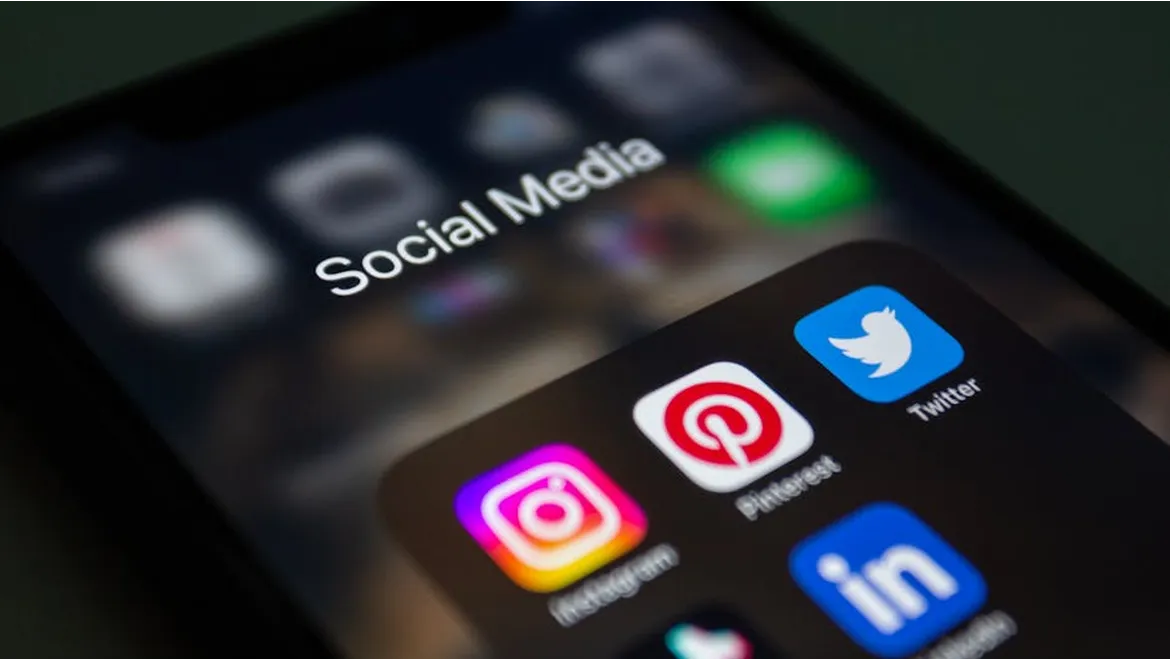Right, so I was chatting with Charlie the other day, and we got completely engrossed in this fascinating discussion about LinkedIn. Specifically, how businesses can actually use it to genuinely generate leads and boost their profile, not just post corporate platitudes into the void. It all boiled down to authenticity and the power of employee voices. It’s a game changer.
See, we both agreed that branded content is increasingly hitting a brick wall. People are savvy. They know they’re being marketed to, and that breeds scepticism. We’re bombarded with polished adverts and curated messages constantly, and the effect is often to just simply switch off. What we crave is the real deal, genuine insights from real people.
And that’s where employee advocacy programs come in. Charlie put it brilliantly: “Think about it,” he said, “Who are you more likely to trust? Some faceless corporate entity or a person who actually works at the company, sharing their expertise and experiences?”
Exactly! We inherently trust individuals more than corporations, especially on a platform like LinkedIn, which is, at its heart, a professional networking site. It’s about connections and relationships, not just broadcast messaging.
So, how do you build a stellar employee advocacy program? It’s not just about telling your staff to share company updates – it’s far more strategic than that. Here’s the breakdown, and what we discussed:
1. Pre-Approved Content (But Make It Good!)
Firstly, provide your employees with a bank of pre-approved content. This is crucial for brand consistency and legal compliance. But the key is making that content actually valuable and engaging. Think blog excerpts, industry news with a company slant, insightful quotes, or short video clips showcasing employee achievements or company culture. Charlie suggested a great idea: “Create different content tiers based on employee expertise. The senior engineers could share detailed tech breakdowns, while junior staff could focus on day-to-day experiences or team achievements.”
2. Training is Key
Don’t just throw content at your employees and expect them to be LinkedIn superstars. Provide them with training! Show them how to craft compelling posts, how to engage with comments, and how to build their personal brand alongside the company’s. LinkedIn offers excellent resources, and there are also countless external courses. Investing in your employees’ skills will pay dividends.
3. Incentivise (Without Feeling Forced)
Incentives can be a powerful motivator, but tread carefully. The goal is to encourage genuine enthusiasm, not force participation. Instead of just offering cash bonuses (which can feel transactional), consider things like public recognition, opportunities to speak at industry events, or even extra vacation days. Charlie mentioned that his previous company had a leaderboard that tracked employee engagement, and the top performers got featured in the company newsletter – a great way to boost morale and encourage friendly competition.
4. Know Your Audience
All the great employee advocacy in the world will be wasted if you’re talking to the wrong people. You need to thoroughly understand your target audience on LinkedIn:
- Who are they? What are their roles, industries, and interests?
- What problems do they face? How can your company provide solutions?
- What kind of content resonates with them? Are they more interested in technical deep dives, thought leadership articles, or case studies?
Use LinkedIn analytics to gain insights into your audience demographics and engagement patterns. This will help you tailor your content strategy for maximum impact. The key here is to engage them with content that is not only relevant but that provides value to them and shows you understand their wants and needs.
5. Engage Thoughtfully
Engagement is a two-way street. Don’t just post content and hope for the best. Actively engage with comments, answer questions, and participate in relevant industry discussions. Encourage your employees to do the same. This shows that you’re not just broadcasting messages, but that you’re genuinely interested in building relationships and fostering a community.
The Results? Remarkable.
We talked about loads of examples of how employee-generated content outperforms traditional marketing posts. Employees sharing their personal stories about using your company’s products, or offering insights on industry trends, generates far more engagement and trust than a slick corporate advertisement. It feels authentic, relatable, and human. Employee advocacy is a great way of showcasing all of the great things about your brand, product and service without trying to obviously sell to your target customers, it’s much more subtle and the results are significant.
Employee advocacy is also a great way to get your brand out there without overtly using the channels your marketing team use. It’s a far more subtle technique and one that is likely to cut through to the right people more often.
In short, the key to unlocking LinkedIn’s business potential lies in empowering your employees to become brand ambassadors. Provide them with the tools, training, and incentives they need to share their expertise and insights authentically. Understand your target audience, engage thoughtfully, and watch your company’s reach and reputation soar. It really is that simple, and Charlie and I both agreed – it’s the future of LinkedIn marketing.











